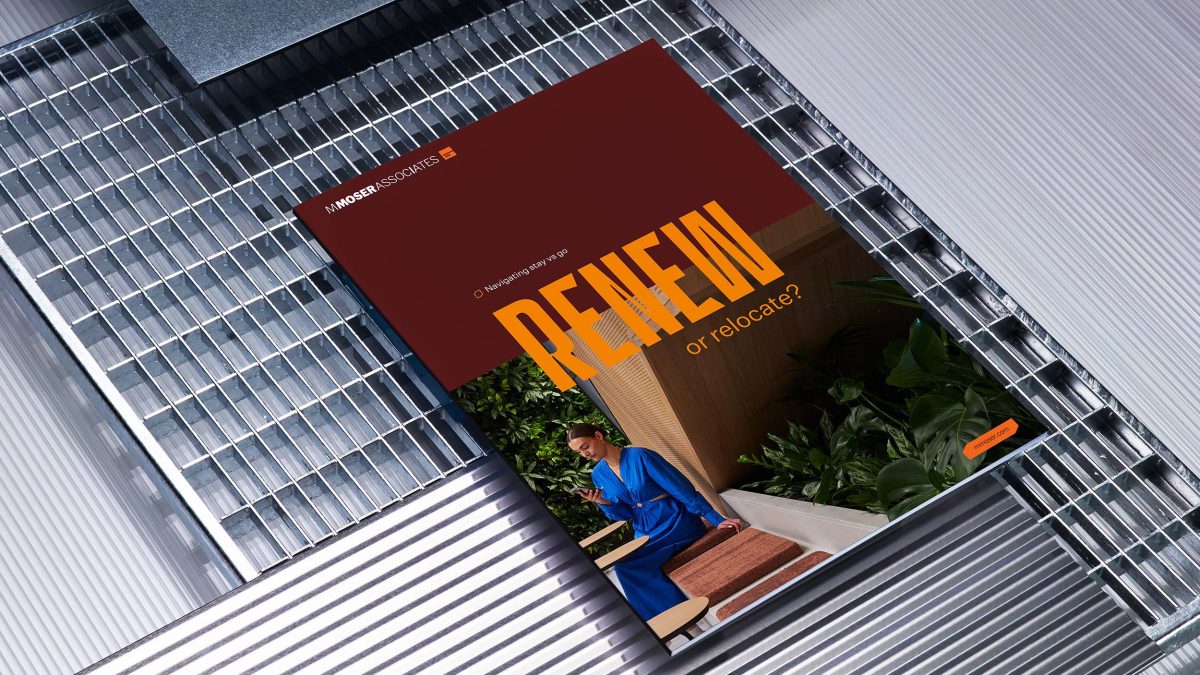









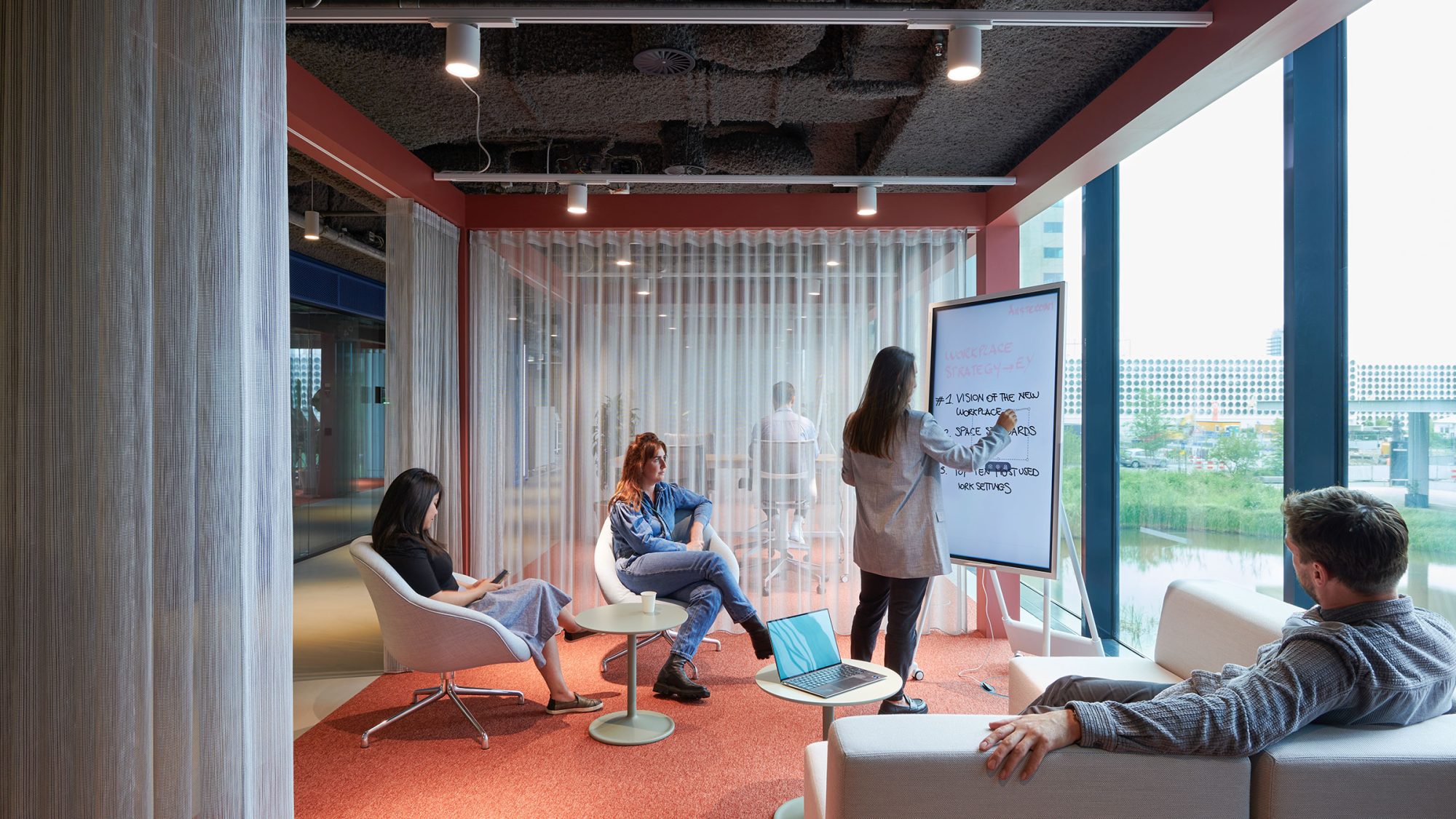
Deciding to stay in your current office or relocate to a new space is pivotal for any organisation. When contemplating stay vs go, one strategic solution is an office refurbishment.
Updating an office design can be driven by factors like adapting to business changes, reducing operational costs or keeping employees engaged. This article will discuss when office refurbishment is the right choice and how to address these common considerations.
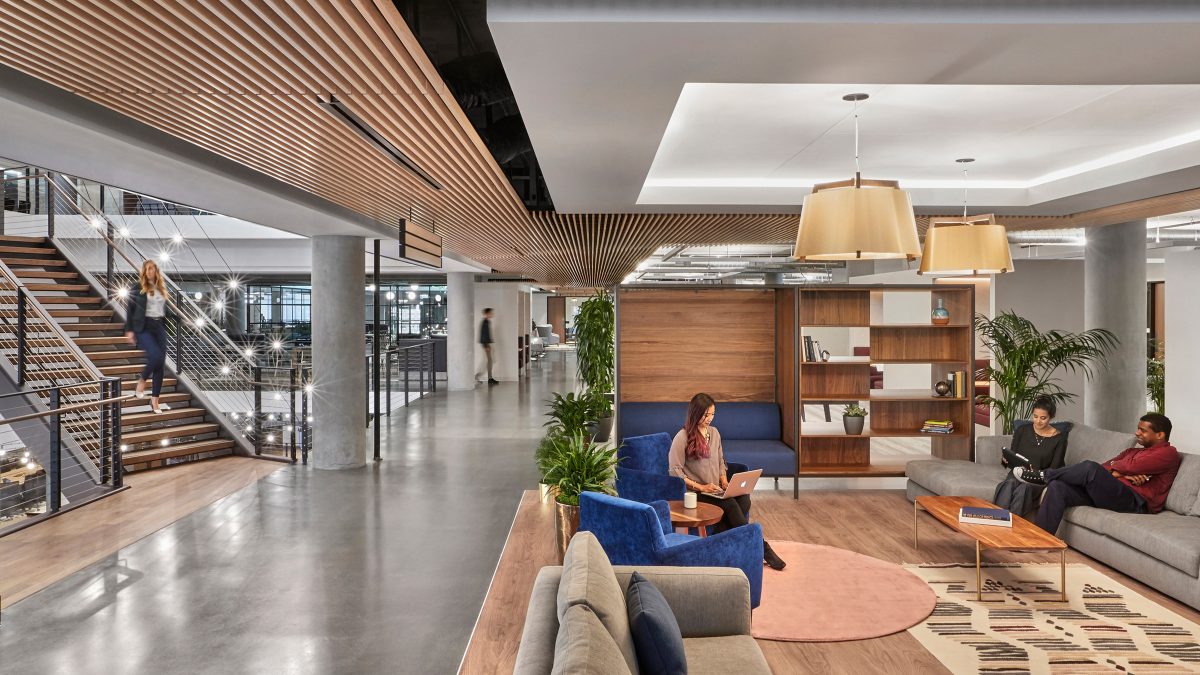
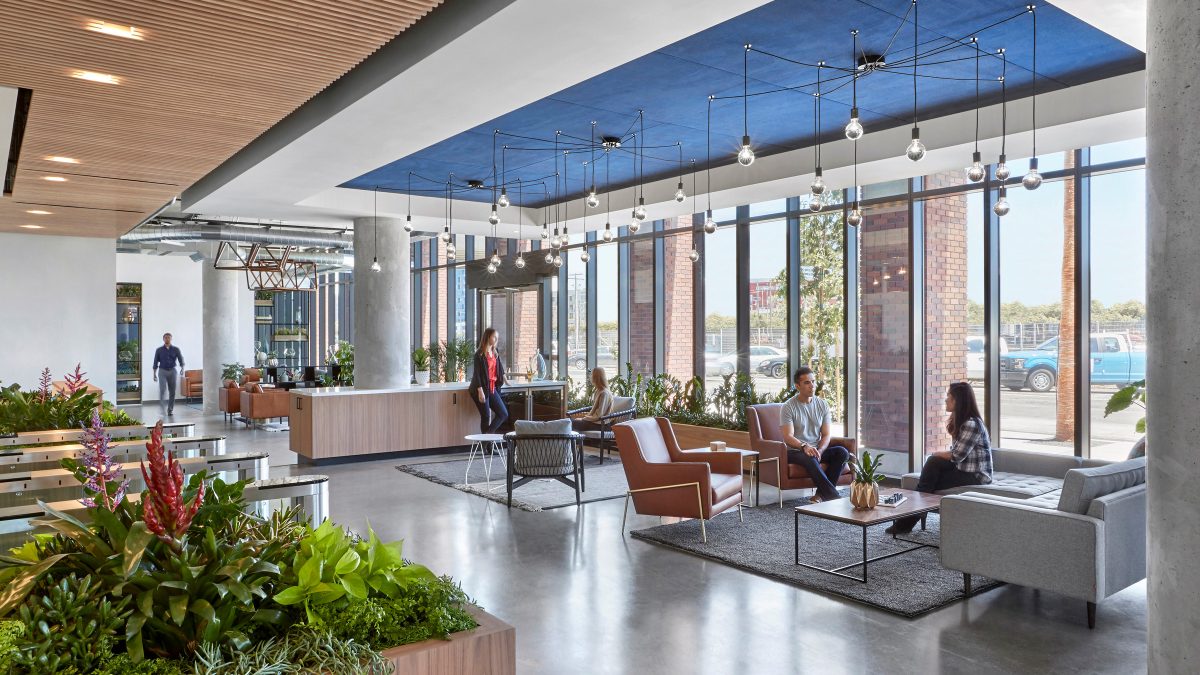
Office refurbishment refers to the process of renovating or updating the interior design of an existing space. It involves making improvements to various aspects of the office environment to enhance functionality, aesthetics and overall efficiency.
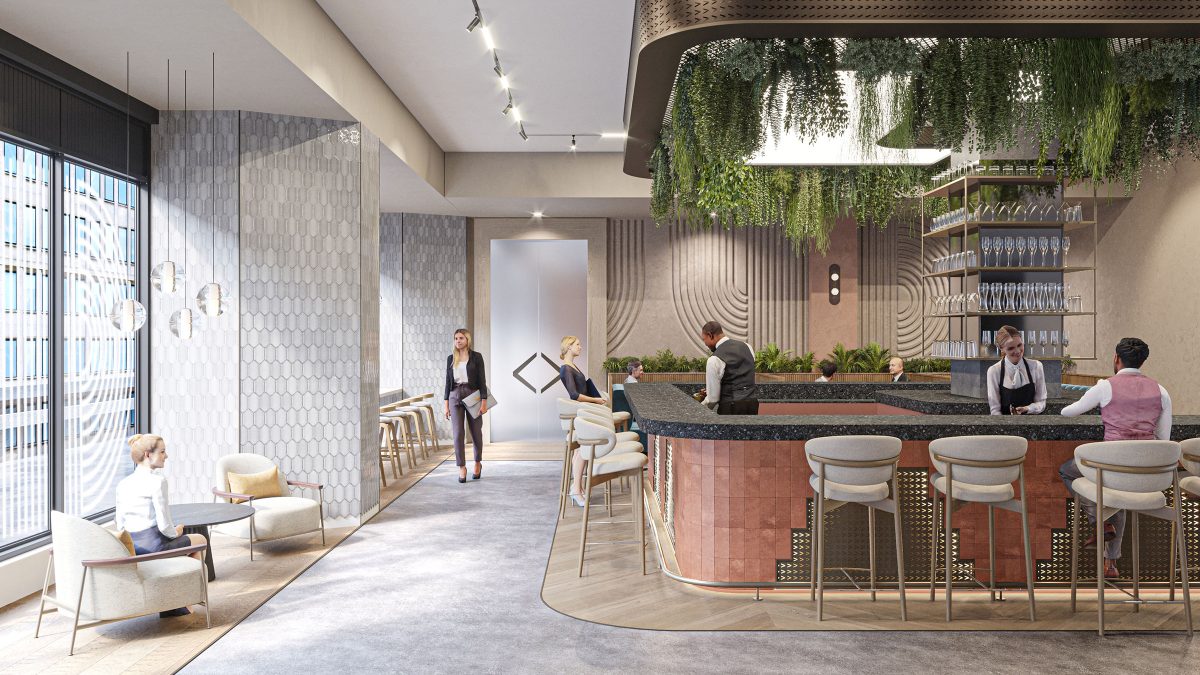
One of the foremost reasons organisations choose office refurbishment is to align their workspace with evolving business requirements. Your office setup may not support the activities needed for success in today’s business environment. Many companies refurbish their existing office space in ways that allow them to be more agile and responsive as needs change.
For instance, as companies shift towards more collaborative workstyles, an office designed for siloed departments may hinder interaction. Similarly, hybrid work can make occupancy density unpredictable, meaning people want to move around more freely to be near their colleagues. Refurbishing the office space enables organisations to create open, flexible layouts encouraging teamwork and innovation. This adaptability ensures that the office environment remains a dynamic asset, fostering growth rather than impeding it.
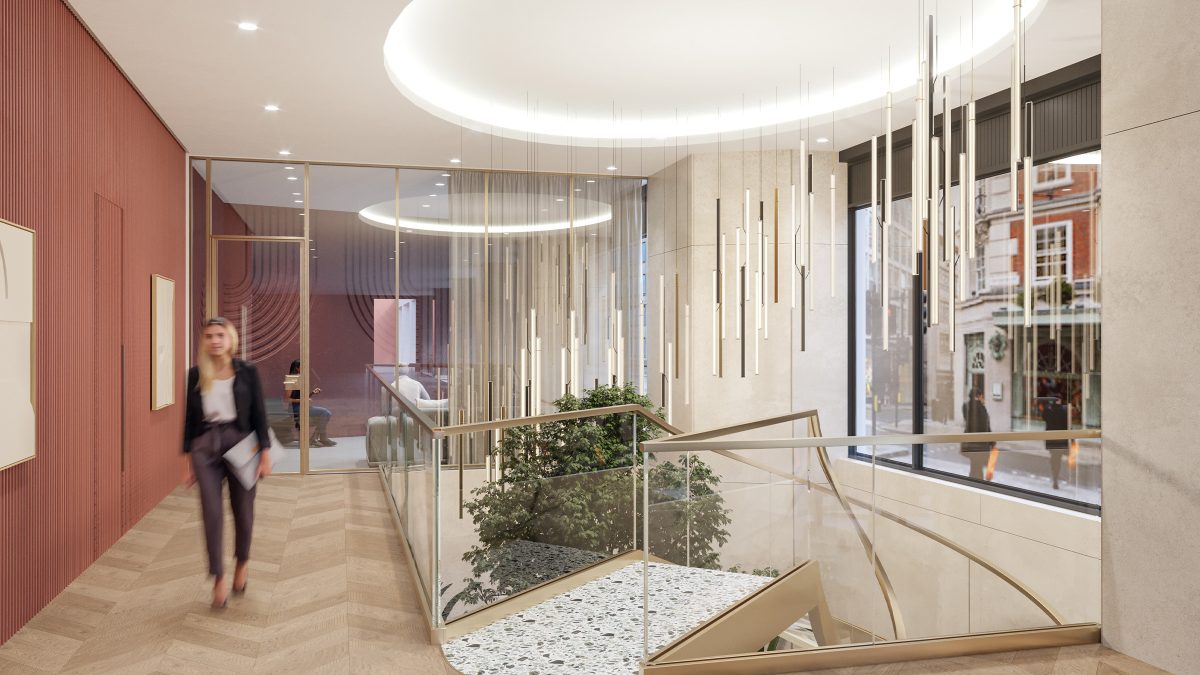
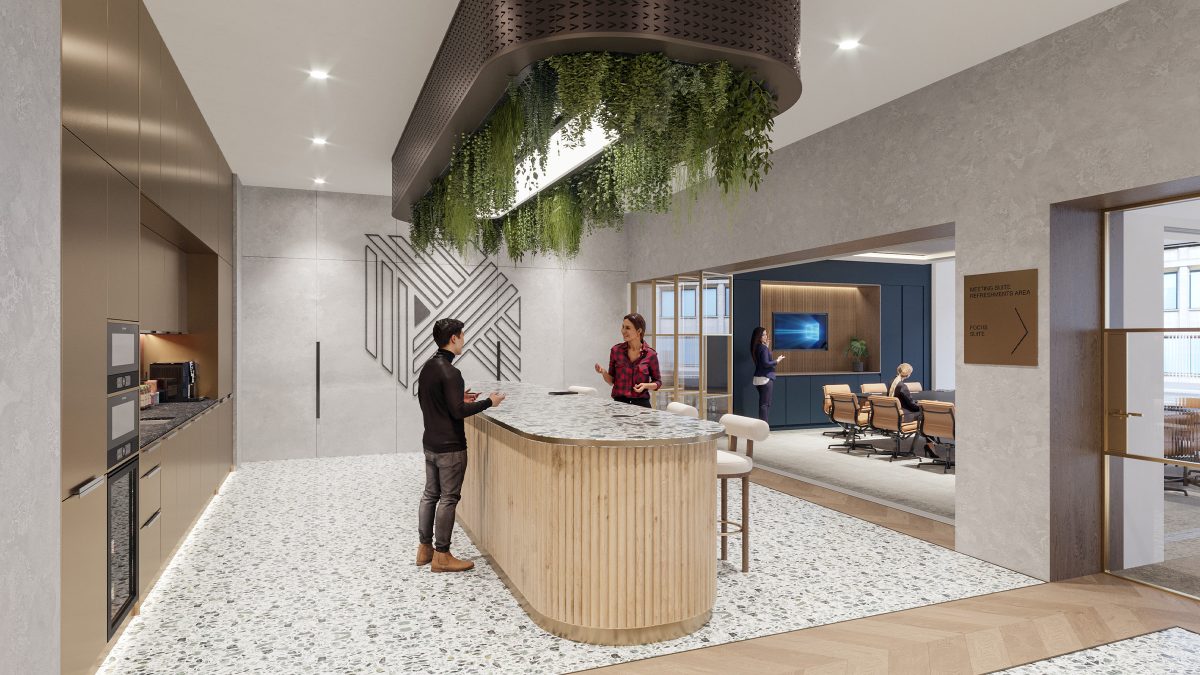
Refurbishing an existing office space can prove to be a more cost-effective solution than relocating to a new facility. Updating an existing space enables businesses to preserve infrastructure, minimising the demand for new construction. In terms of whole-life carbon impact, refurbishment is usually best. Companies can modify the existing space to accommodate new technologies and implement additional sustainability measures, resulting in reduced energy costs once the workplace is operational again.
An office refurbishment is a valuable opportunity to enhance operational energy efficiency, achieve cost savings, and reduce your overall carbon footprint.
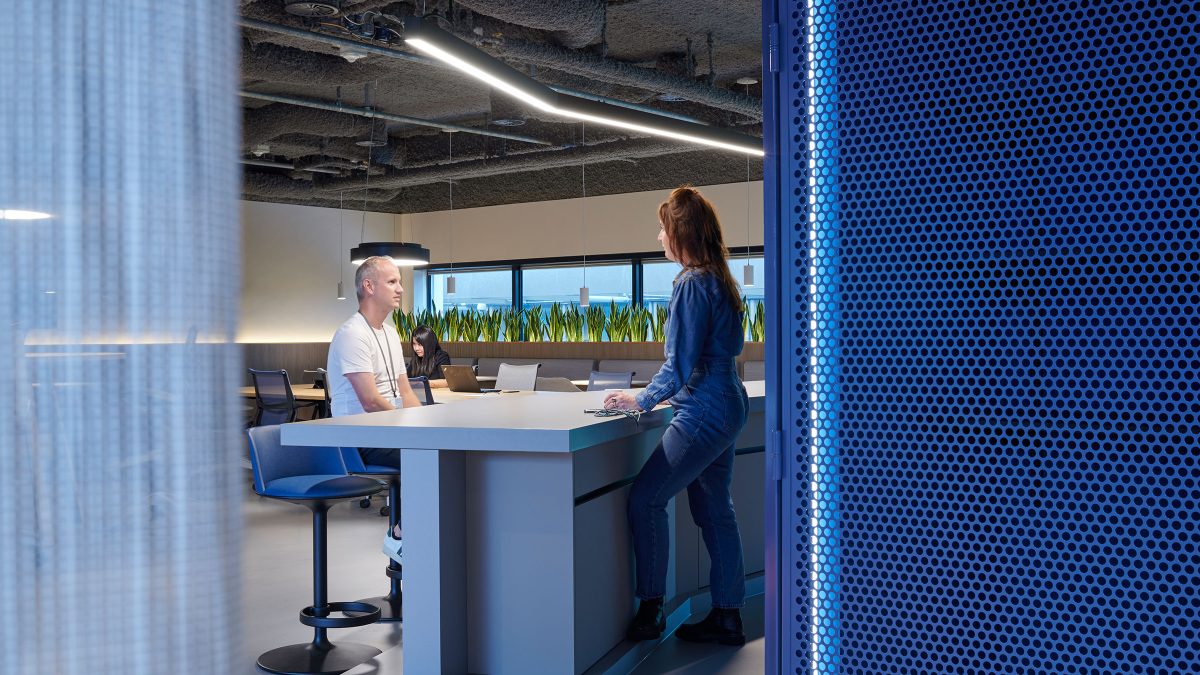
When your current office space has the potential for optimisation, office refurbishment is an attractive option. Your existing layout may not meet people’s evolving requirements and therefore, need realigning to the business. However, with a thoughtful redesign, organisations can unlock the hidden potential within their existing footprint.
Space optimisation involves assessing how each area is utilised and adjusting to enhance efficiency. For instance, our workplace technology offering can help analyse your space utilisation, evaluates performance and generate comprehensive reports on energy usage and carbon emissions. Moreover, our approach provides valuable insights into work preferences and occupant behaviour, facilitating well-informed decision-making.
Maximising space utilisation can align with your sustainability goals. Refurbishing an office can have a lower whole-life carbon impact than starting again in a new space. Considering the brief and condition of the existing space, you should assess this as part of your stay vs go decision.
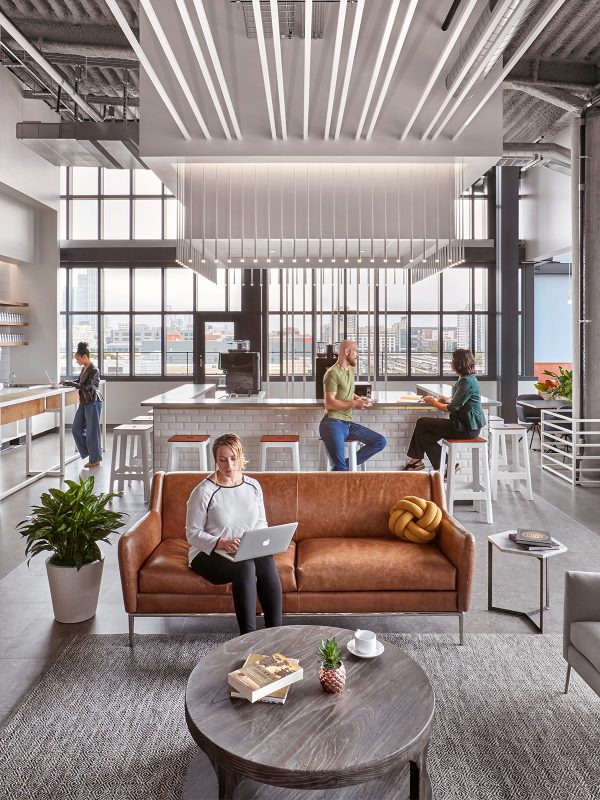
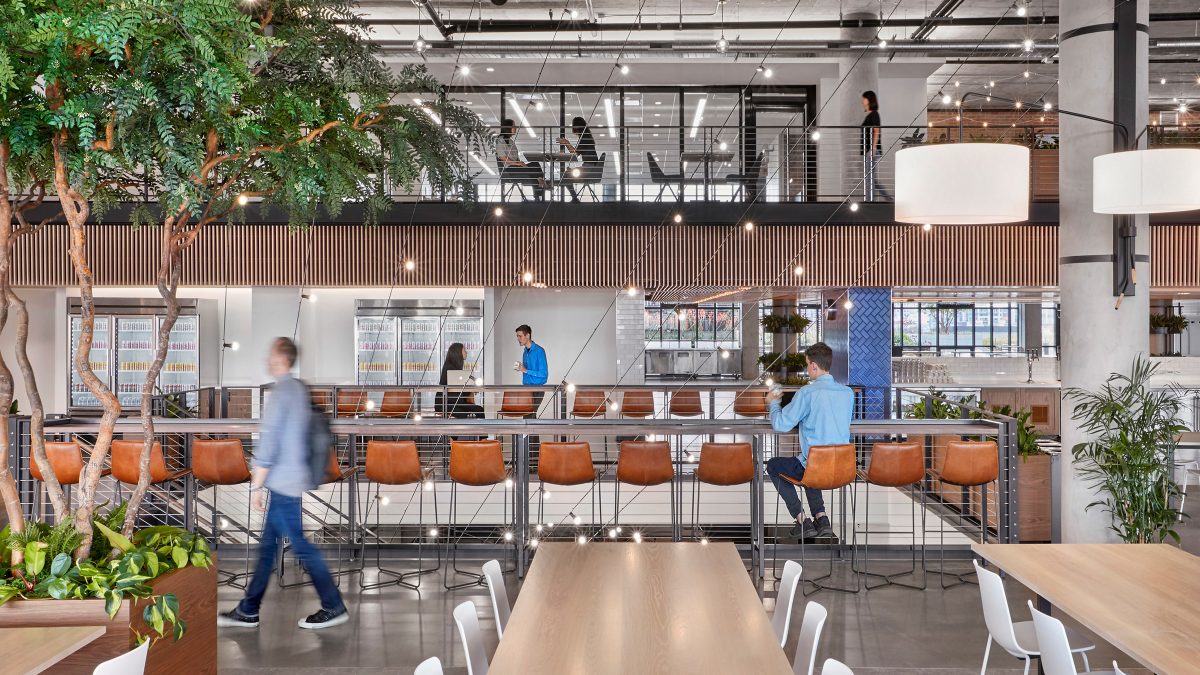
Employee satisfaction and wellbeing are crucial factors for organisational success. A familiar and comfortable workplace can positively impact employee morale and productivity. When considering office refurbishment, organisations can prioritise creating an environment that retains elements of familiarity while incorporating improvements.
Refurbishing allows for a strategic blend of the old and the new. By preserving key aspects of the existing office culture, organisations can ease the transition for employees. Change management strikes a balance between embracing change and providing a sense of stability. Employees are more likely to appreciate and adapt to changes when they feel their opinions are valued.
Office relocations are often a concern for occupiers aiming to retain their staff. Many property agents conduct commuting impact studies, including factors like travel time, transportation options and potential disruption to daily routines, to assess the effects on staff.
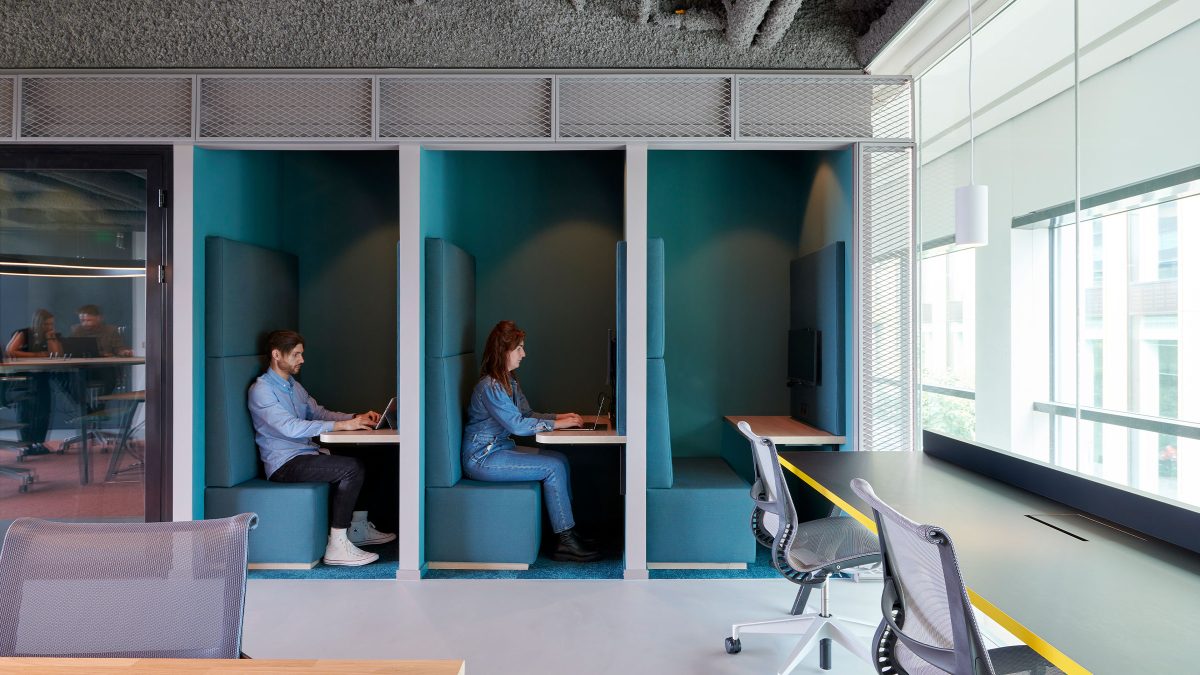
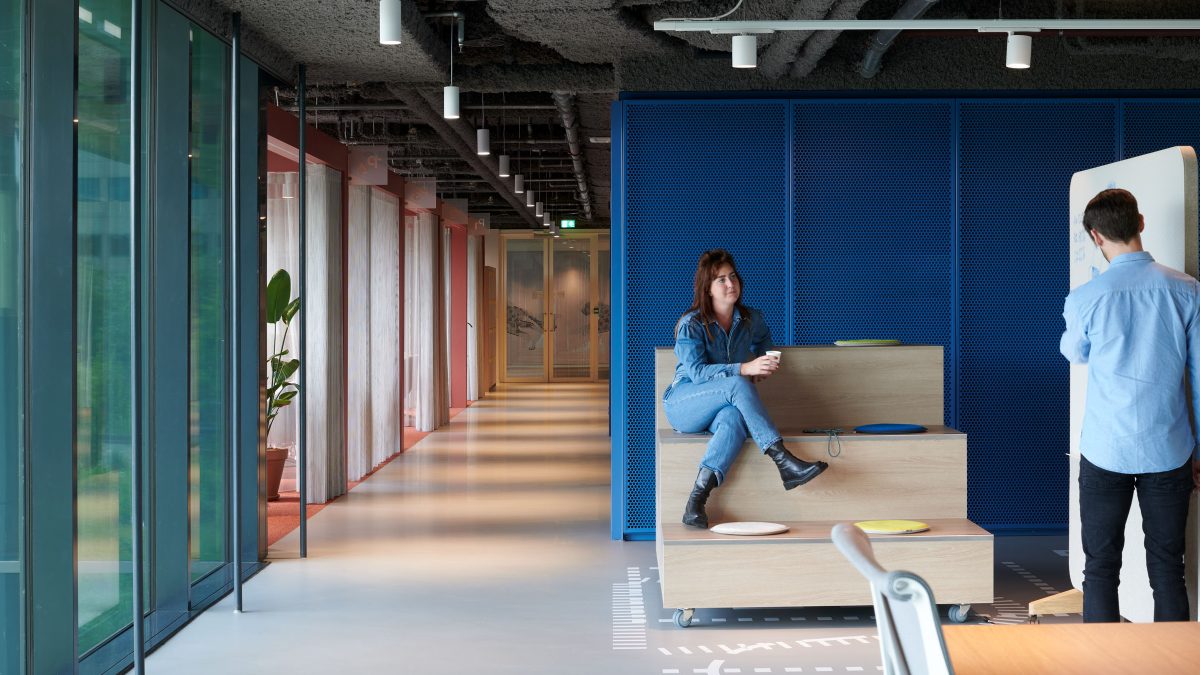
In conclusion, the decision between staying in a current office space or opting for relocation is a multifaceted choice that requires careful consideration of various factors. Office refurbishment emerges as a compelling option when the focus is on adapting to changing business needs, reducing operational costs, optimising space and maintaining employee satisfaction.
If office refurbishment isn’t right for you, consider an office relocation to support your business’s long-term success.
